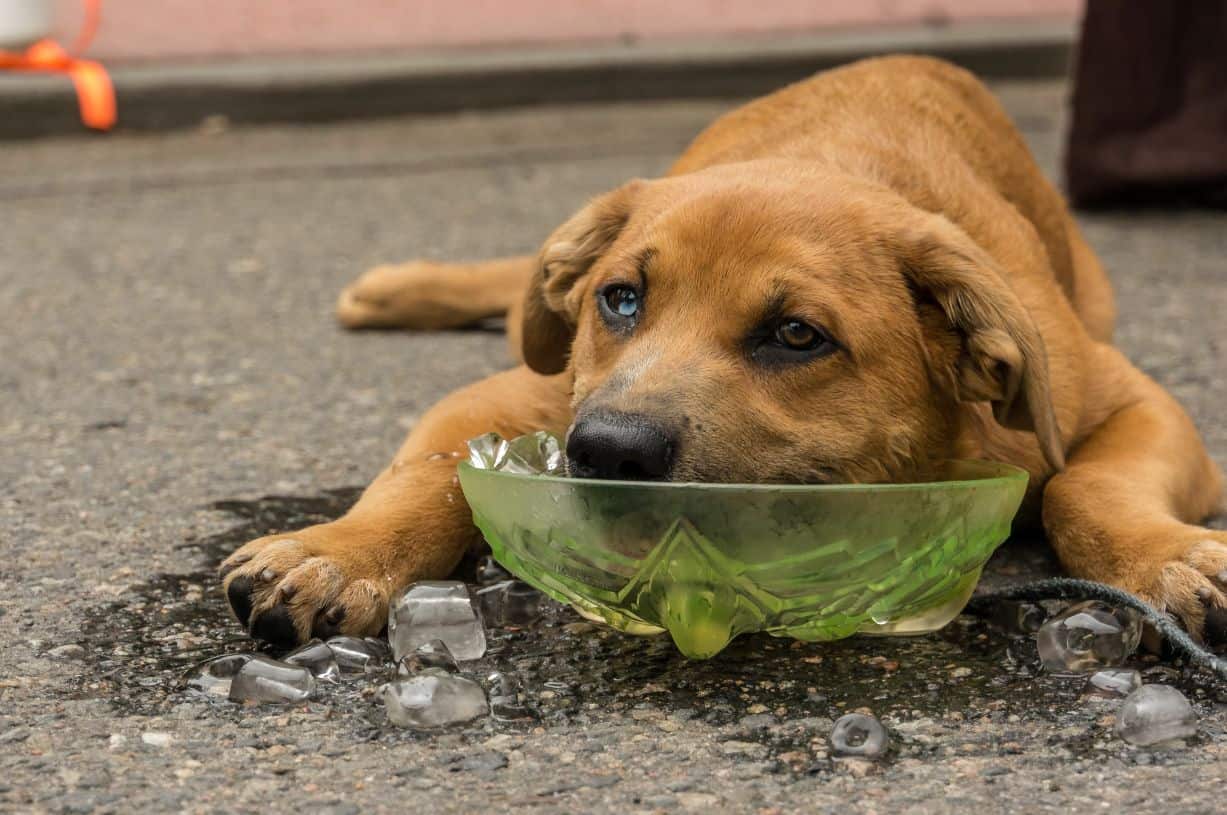How to Keep Your Pets Safe in Antelope’s Hot Summer Weather

June through September are the hottest months in Antelope. Many animals continue to enjoy their daily activities in the heat, but you must use caution when keeping pets outside in the high temperatures. Use this guide to keep your pets safe this summer (without hindering their fun):
Adjusting the Routine
Your pet is a creature of habit. They not only enjoy anticipating the arrival of certain events, they depend on patterns for meal times, bathroom breaks, exercise opportunities, and sleep schedules. If your pet is accustomed to a mid-afternoon run in the winter, however, an adjustment to their routine might be necessary during the summer.
Exercise, regardless of impact, is best enjoyed when the air and surface temperatures are safe. Aim for outdoor fun before 9 a.m. or after 7 p.m. This not only prevents overexposure to the sun’s harmful UV rays, but reduces injuries to the paw pads and the effects of heat stroke.
What Is Heat Stroke?
Pets do not have the same bodily reaction to high temperatures that people do. They do have sweat glands on the feet and nose, but to regulate internal body temperature, they pant. Heatstroke occurs when the body’s temperature exceeds the normal limit (for dogs this is between 99 and 102.5 degrees fahrenheit).
Pets with thick fur coats, black hair, or short noses (brachycephalic breeds) are at increased risk of heatstroke, but younger animals, senior pets, and those with preexisting health problems should also be protected from high heat.
Excessive panting followed by any of the following symptoms indicate a true pet emergency:
- Vomiting
- Diarrhea
- Reddened gums
- Drooling
- Lethargy
- Mobility issues
- Lack of coordination
- Collapse
- Loss of consciousness
If you see any warning signs of heat stroke, seek shade immediately. You can try to gradually bring a pet’s temperature down by applying lukewarm compresses to the back, neck, abdomen, groin, and arm/leg pits. Offer small drinks of cool water.
Seek emergency care right away if only to achieve peace of mind. It’s always better to be safe than sorry when it comes to summer pet safety.
Tips & Tricks for Summer Pet Safety
To keep your pet safe and comfortable this summer, please consider the following strategies:
- Leave your pet at home if the weather is too hot. This ensures they’ll stay cool and hydrated.
- Never leave your pet inside a parked car, even if it’s a short period of time.
- Supervise your pet’s activities on or near water. Invest in a snug-fitting pet lifejacket.
- Add more water bowls to your pet’s outside space and re-fill them throughout the day.
- Be sure your pet always has access to shade.
Please call us at (916) 349-2755 with any questions or concerns about summer pet safety. Our team at Cherry Creek Veterinary Hospital is always here to serve you and your pet!
